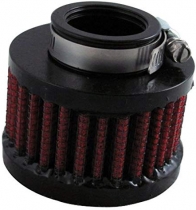-
Welcome to Tacoma World!
You are currently viewing as a guest! To get full-access, you need to register for a FREE account.
As a registered member, you’ll be able to:- Participate in all Tacoma discussion topics
- Communicate privately with other Tacoma owners from around the world
- Post your own photos in our Members Gallery
- Access all special features of the site
Diet Taco... trying to keep things light
Discussion in '2nd Gen. Builds (2005-2015)' started by DVexile, Jan 7, 2016.
Page 63 of 71
Page 63 of 71


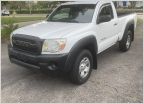 2009 Regular Cab Build & BS
2009 Regular Cab Build & BS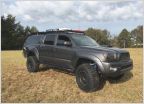 MRBedgood_NC Overland/LT Build
MRBedgood_NC Overland/LT Build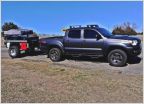 Tactical Tacoma's 2012 MGM DCSB 4x4 Sport
Tactical Tacoma's 2012 MGM DCSB 4x4 Sport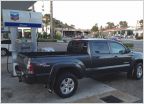 Jared's Build
Jared's Build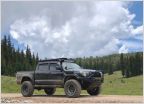 Smw62891’s Sasquatch build!
Smw62891’s Sasquatch build!










































